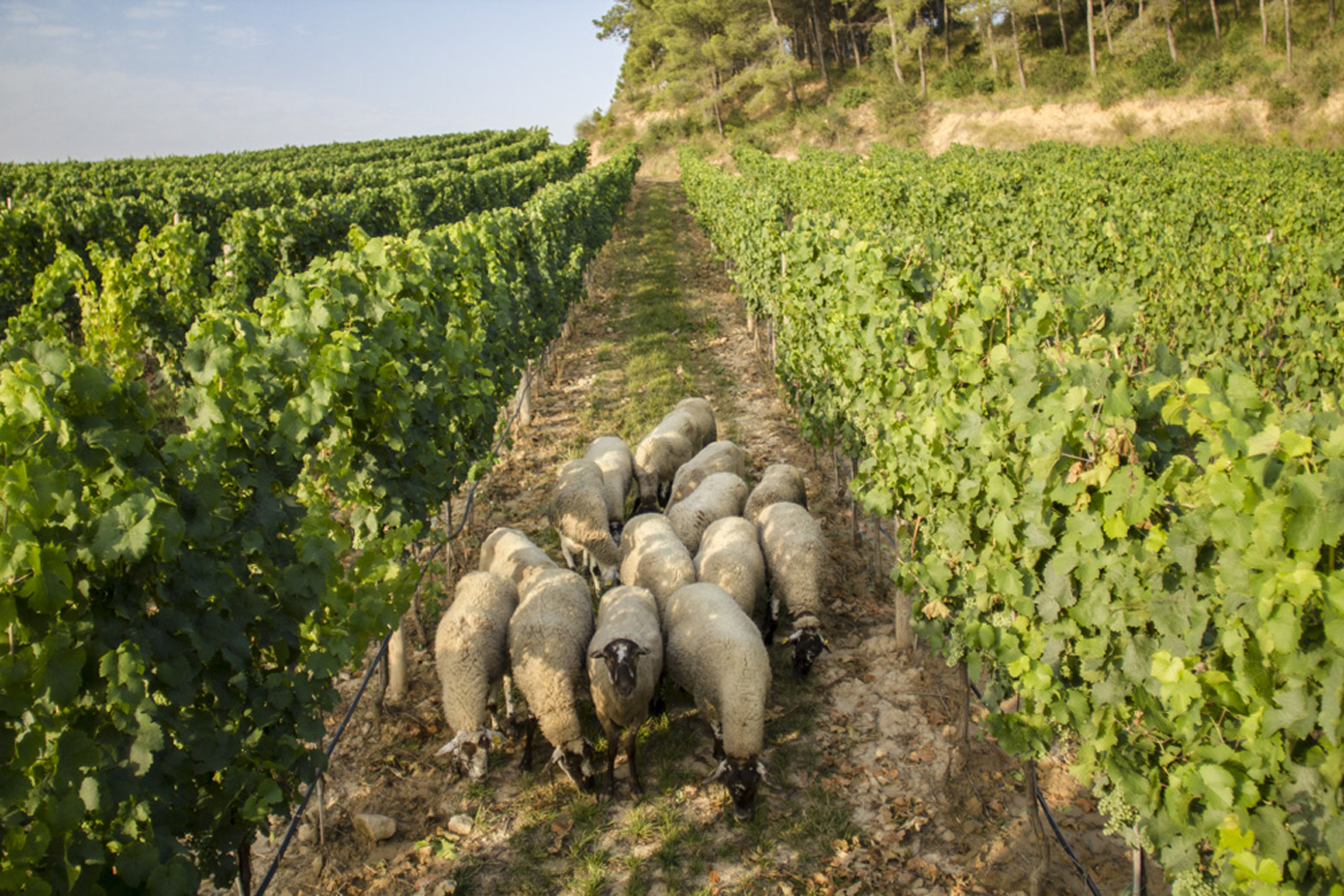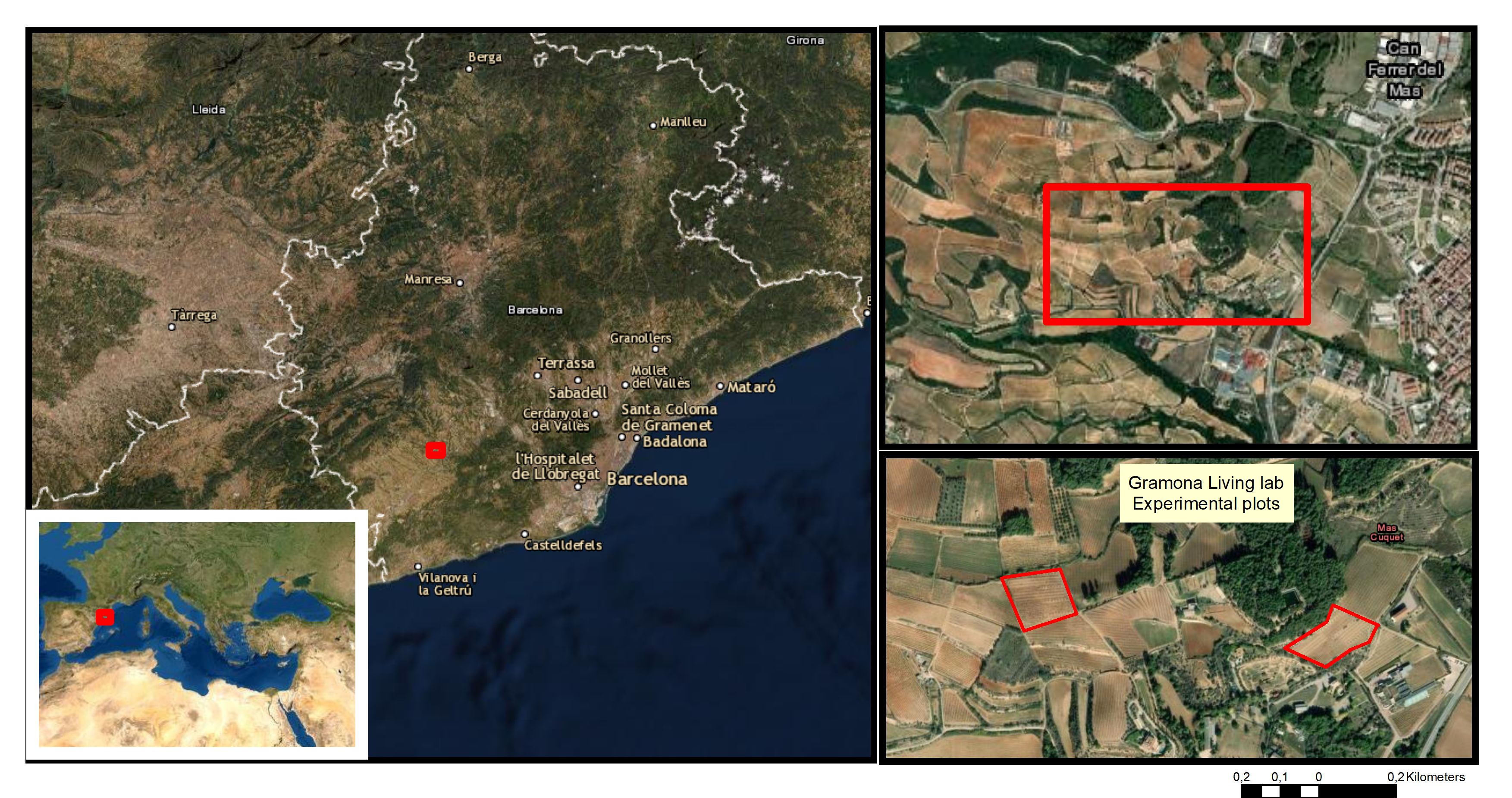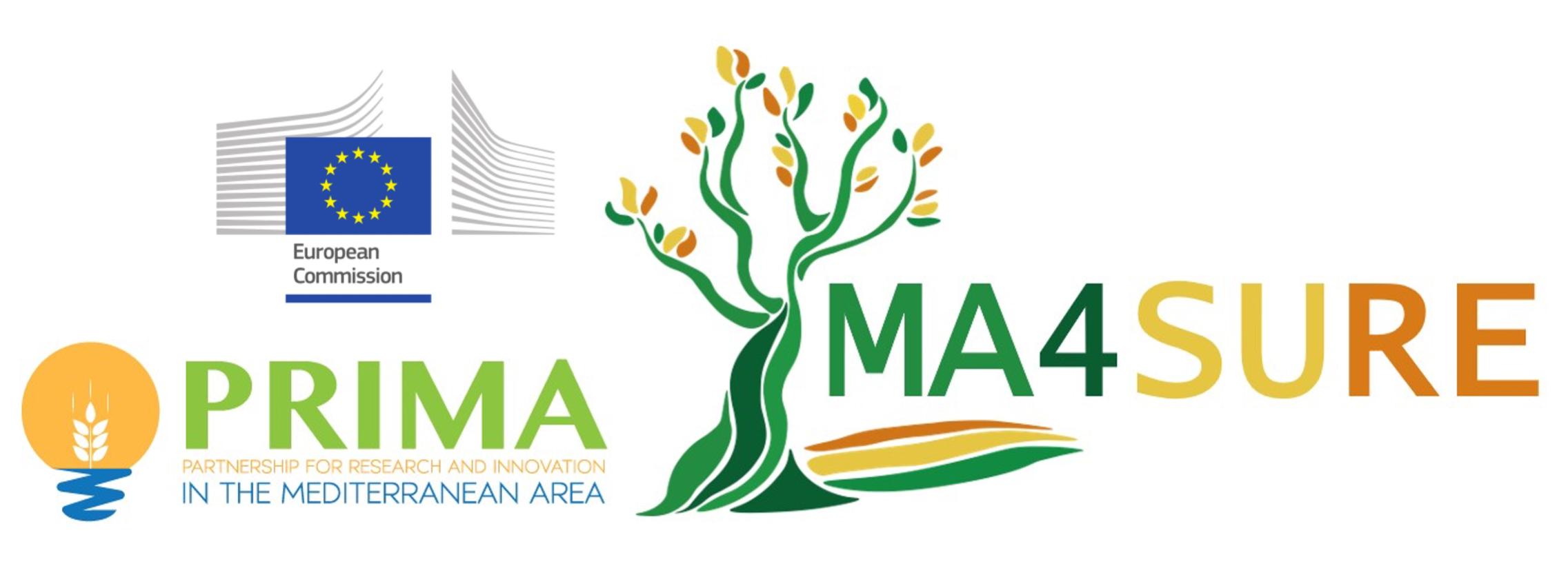Alt Penedès, Spain

Regional Description:
The county Alt Penedès is located in the south east of the Autonomous Community of Catalonia, northern Spain. It is a rural and agricultural area about 40 km away from the urban and industrial centre of Barcelona. The county is particularly known for its wine and cava (sparkling wine) production. Intensive and monoculture vineyard plantations cover up to 81 % of the cultivated area in the Alt Penèdes. The remaining land is mainly made up of perennials, olive trees and almond trees.
The climate in the Alt Penedès is temperate to maritime-Mediterranean, with hot summers and mild winters. The average annual temperature is 15.5°C. (average minimum temperature of 10.1 °C and average maximum temperature of 21.7°C). Annual average rainfall is about ~550 mm with mainly two periods of maximum precipitation during spring and autumn.
Soils are very calcareous and generally have little or no profiling, due to the reshaping of the surface (cuts and fills) and the smoothing of the soil surface for mechanisation. In many cases, cultivated areas have 40-80 cm deep man-made soils, formed after breaking up and deep ploughing with heavy machinery.
The economy of Alt Penedès is mainly based on the agricultural production of grapes and the attached beverage industry that generates more than a quarter of the district’s turnover (approx. €1,502 million).

Description, Objectives and Aims:
Gramona is a family-owned company dedicated to producing and exporting high-quality wine and Cava (sparkling wine) along 75 ha in the municipality of Sant Sadurní d’Anoia. The farm includes 65 ha of cultivated land and 15 ha of forests. Together with 12 local winegrowers (Alliance for the Earth) they created the EU Corpinnat Label which guarantees a 100% organic, hand-harvested and on-farm vinified wine, in an association that guarantees the quality of their products and the integrity of the landscape. Additionally, the company also forms part of the association Wineries for Climate Protection (WfCP).
An essential part of Gramona’s sustainable farm management practices is the integration of livestock and crop production (MF). Gramona has horses tilling some fields and a small herd of cows of the indigenous Albera breed grazing in their oak forest. A flock of sheep is partly fed on natural pastures and with weed from the vineyards. Together, the animals provide manure to fertilize the vineyards, which is supplemented by green manure. Livestock rearing in the woods also helps prevent forest fires and grazing sheeps between the rows of vines allows for cover crop management, preventing soil erosion, helping to control weeds and fertilising the vines. The organic soil replenishment with animal and green manures contributes to increasing belowground biodiversity into cropland soils. The combination of vineyards with forestland and olive and almond trees creates a mosaic that positively affects landscape heterogeneity and ecotones (transition area between two different ecosystems) and contributes to the conservation of biodiversity.
The Gramona Living Lab objective at the plot level is to rescue traditional polyculture practices formerly applied in Mediterranean viticulture. In the framework of the MA4SURE project they focus on studying traditional agroforestry and mixed farming management techniques of vineyards with olive trees and intercropping (traditional varieties). The experimental design implemented includes vineyard cultivation, olive trees, continuous cereals, crop rotation, and livestock.
The aim of the research in Gramona is to assess the circularity of metabolic flows (i.e., nutrients, energy) of all the farming activities and analyse its effects on the soil microbiology (funds) with the goal of improving the efficiency and resilience of farming practices.
Plot Design:
The GRAMONA Living Lab experimental design at the plot level focuses on studying agroforestry and mixed farming system management techniques of vineyards with olive trees, intercropping and cover crops later used for mulching. Given the long tradition of viticulture production in the region, with our design we aim to rescue traditional practices and knowledge in viticulture.

Regional Partners:
Aliançes per la terra
Institute of Agrofood Research and Technology (IRTA)

